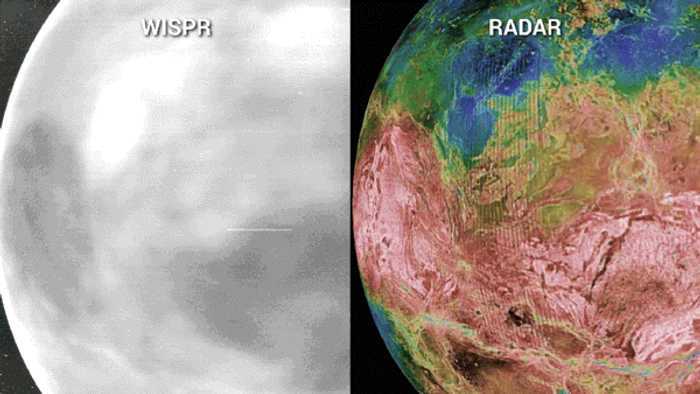Published 17:35 IST, November 7th 2024
NASA’s Parker Solar Probe Makes Last Venus Flyby Before Historic Sun Encounter
NASA's Parker Solar Probe completes its 7th Venus flyby, and all set for a historic close approach to the sun, revealing groundbreaking solar & Venus data.
- Science News
- 4 min read
NASA’s Parker Solar Probe is gearing up for a momentous achievement in space exploration as it completes its seventh flyby of Venus, the final maneuver that will set the spacecraft on a trajectory to come within 3.8 million miles of the sun’s surface — the closest any human-built object has ever come to the star.
"We are basically almost landing on a star," said Nour Raouafi, an astrophysicist at the Johns Hopkins University Applied Physics Laboratory and project scientist for the Parker Solar Probe mission. "This will be a monumental achievement for all humanity. This is equivalent to the moon landing of 1969."
Unraveling the Sun's Mysteries
Launched in 2018, the Parker Solar Probe embarked on an ambitious mission to unravel the sun’s most puzzling mysteries, including why its outer atmosphere, the corona, reaches temperatures hundreds of times hotter than the surface. Through its journey, the spacecraft has already begun uncovering secrets about our star, providing scientists with valuable data to better understand solar phenomena.
Gravity Assists from Venus
Gravity assists from Venus have played a crucial role in helping the spacecraft navigate closer to the sun. These gravitational slingshots have allowed Parker to reduce its orbital energy and tighten its orbit, bringing it nearer to the sun with each flyby.
"Venus 7 is the critical gravity assist for Parker Solar Probe to eventually achieve its minimum solar distance," explained Yanping Guo, mission design and navigation manager at the Johns Hopkins Applied Physics Laboratory (APL).

Venus Flybys Yield Unexpected Scientific Discoveries
While its primary mission is to study the sun, the Parker Solar Probe's repeated Venus flybys have provided unexpected opportunities to gather bonus scientific data. During a flyby in July 2020, the spacecraft's camera, the Wide-Field Imager for Parker Solar Probe (WISPR), captured stunning images that revealed Venus’ surface beneath its thick cloud cover, including distinct features like continental regions and plateaus.
The camera also detected faint heat emissions from Venus’ scorching nightside, which, at 860°F (460°C), "would be like a piece of iron pulled from a forge," according to Brian Wood of the Naval Research Laboratory. WISPR’s images suggested potential chemical variations or recent volcanic activity on the planet's surface, providing fresh insights into Venus' geologic history.
Upcoming Flyby to Capture New Data on Venus
On Nov. 6, the Parker Solar Probe will once again pass within 233 miles (376 km) of Venus, allowing WISPR to gather even more data on the planet’s surface features. “Because it flies over a number of similar and different landforms than the previous Venus flybys, the Nov. 6 flyby will give us more context to evaluate whether WISPR can help us distinguish physical or even chemical properties of Venus' surface,” said Noam Izenberg, a planetary geologist at APL.
Parker Solar Probe's Historic Close Approach to the Sun
The spacecraft's closest approach to the sun will take place on Christmas Eve, when it will skim the sun's photosphere — its visible surface — traveling at a blistering speed of 430,000 miles per hour (692,010 kilometers per hour). During this time, mission control will lose contact with the probe, awaiting a beacon tone on Dec. 27 to confirm its successful approach and the spacecraft's continued health.
With this milestone, Parker Solar Probe will push the boundaries of space exploration, bringing humanity closer to the sun than ever before and continuing its mission to unlock the mysteries of the solar system's most powerful star.
Updated 17:35 IST, November 7th 2024